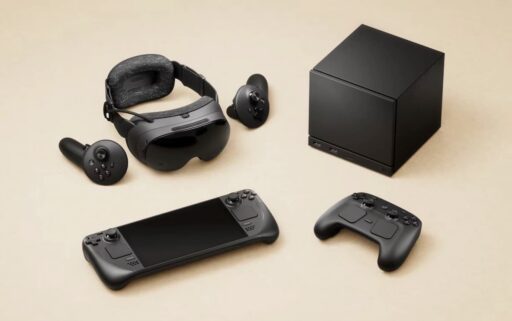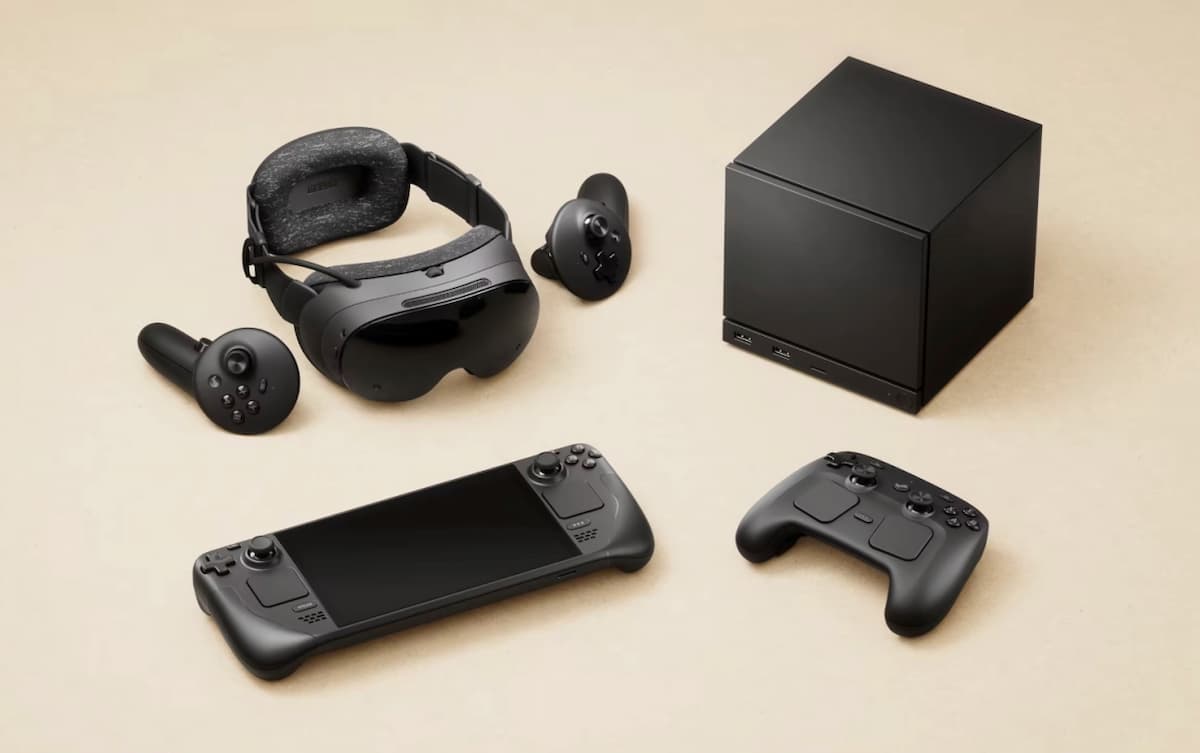Last updated on November 16, 2025
Valve hasn’t made hardware waves like this in a long time. Suddenly, they’ve announced not one, but three new gadgets for SteamOS, all due in 2026. There’s a revamped Steam Machine, a reworked Steam Controller, and a totally wireless VR headset called Steam Frame. It feels like Valve quietly built these behind the scenes for years and finally decided to show them off.
Steam Machine — a Small Box With Real PC Muscles
The Steam Machine name is returning, though the new version barely resembles the old one. This isn’t some half-experiment meant to test the waters. The new device looks like something Valve genuinely believes in: a compact system meant to sit next to your TV, but powerful enough to play modern games at 4K and 60 FPS.
SteamOS 3 is preinstalled, but Valve isn’t forcing anything — you can swap the OS if you want. There are two storage versions (512GB and 2TB), plus a microSD slot, something consoles still tend to ignore.
Inside, the hardware is surprisingly serious for such a small cube:
- AMD Zen 4 CPU with 6 cores
- A custom RDNA3 GPU
- 16GB of fast RAM plus dedicated VRAM
- Wi-Fi 6E, Bluetooth 5.3, Ethernet
- DisplayPort with support for very high refresh rates
- HDMI for regular setups
And yes, there’s a thin RGB strip built into the case — not flashy, more like a status glow. It gives the box a bit of personality without turning it into a disco light.
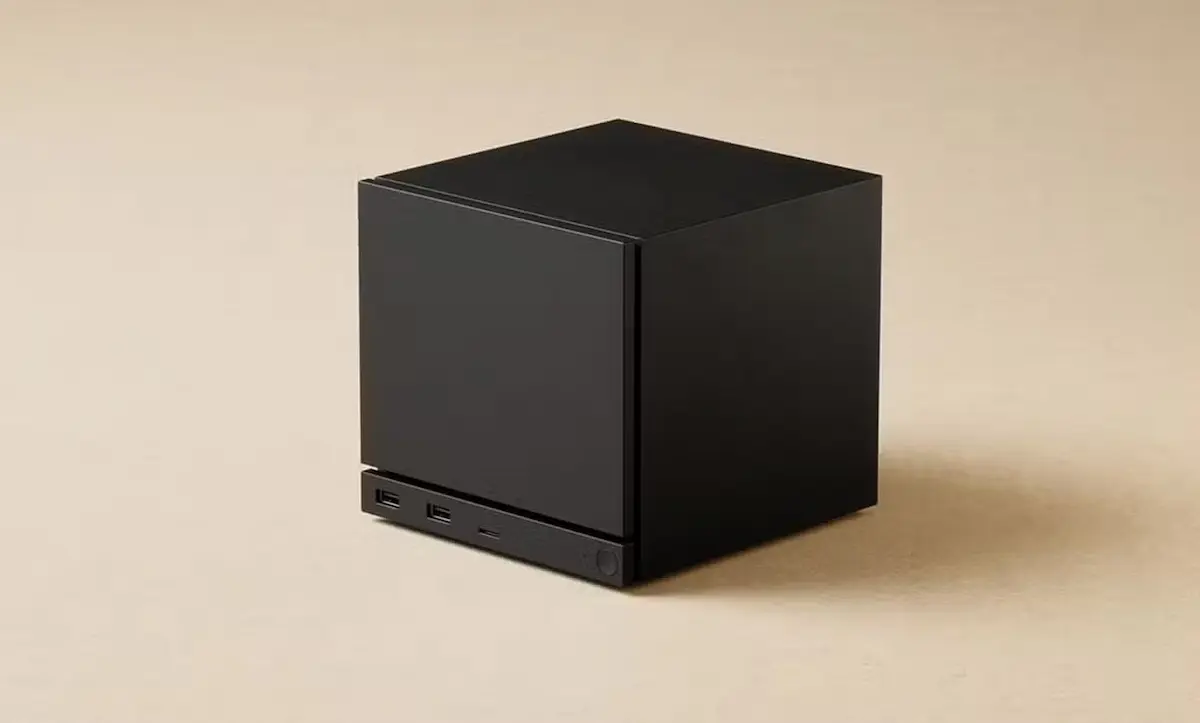
Steam Controller – a Second Chance, Done Differently
Valve is also taking another swing at its controller. The original Steam Controller had its fans, but most players found it unusual or just too experimental. The new version seems more grounded.
The trackpads are still there, but they’re not trying to reinvent the wheel this time. The sticks are magnetic, which should help with durability, and the controller includes a gyro for games that support motion controls. The packaging also comes with a small puck that works both as a charger and a wireless receiver. Plug it in and you’re basically done — it pairs automatically.
It feels like Valve really paid attention to what worked and what didn’t last time.
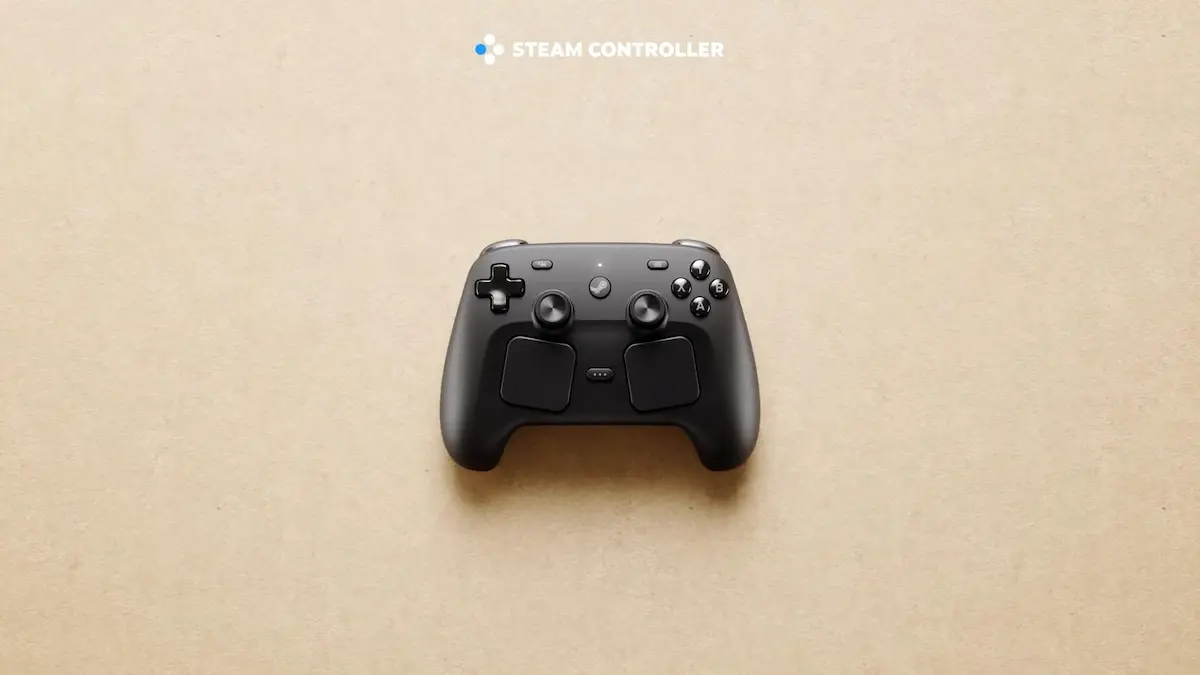
Steam Frame — VR Without Cables, and Not Only for VR
The biggest surprise might be Steam Frame. Valve calls it a “streaming-first” VR headset, and the description fits. You can play VR games, of course, but you can also stream your regular Steam library and use a giant, virtual screen. Honestly, many people may end up doing that more than actual VR.
Steam Frame can also run apps on its own thanks to a Snapdragon 8-series chip and 16GB RAM. For wireless play, Valve is bundling a 6 GHz adapter built specifically for low-latency gaming. It uses two radios — one for the audio/video feed and another for Wi-Fi — something you don’t really see on consumer VR right now.
There’s also eye-tracking-based Foveated Streaming, which basically boosts the resolution exactly where you’re looking. It saves resources and increases image quality where it matters most. Tracking works through four onboard cameras, so you don’t need external sensors.
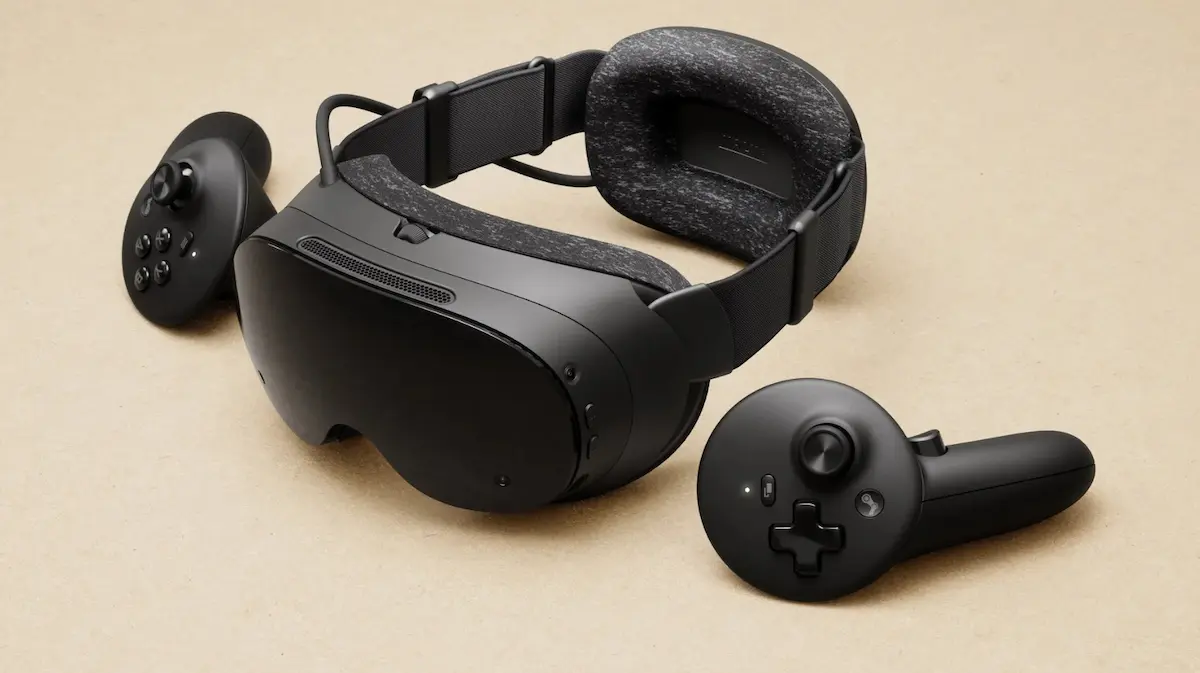
Is This a Signal Toward Microsoft? Maybe.
The timing is interesting. Microsoft is said to be preparing its next-generation Xbox for 2027. Valve is coming a year earlier, with three devices that push SteamOS further than ever before. And unlike Microsoft, Valve doesn’t need to build up an ecosystem — Steam has existed for twenty years and dominates PC gaming.
We don’t know the prices yet, and that’s probably on purpose. But if Valve can actually deliver on these promises, 2026 could end up being a turning point — the year SteamOS stops feeling like just a side project and starts feeling like a real platform, with hardware that people actually want on their shelves.


